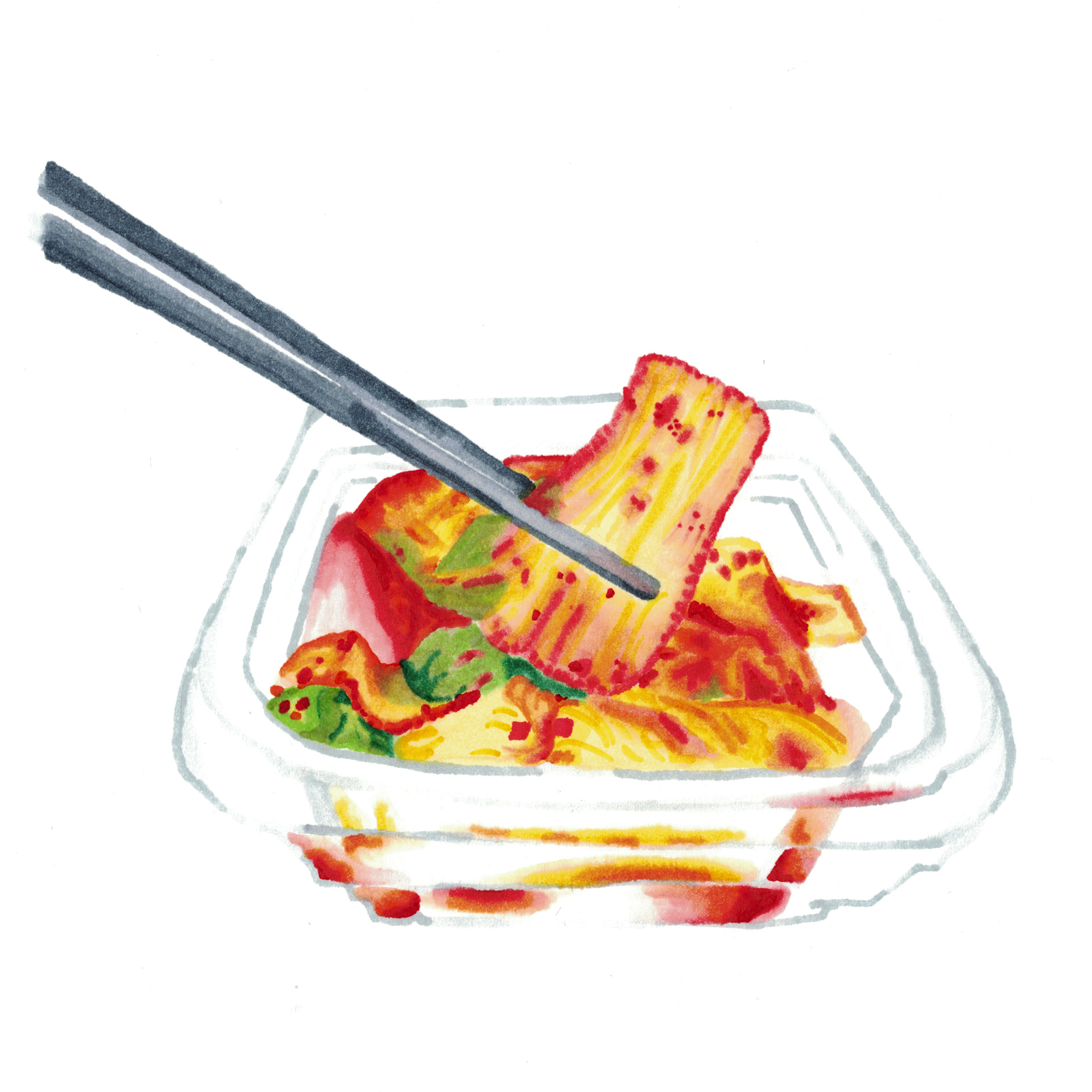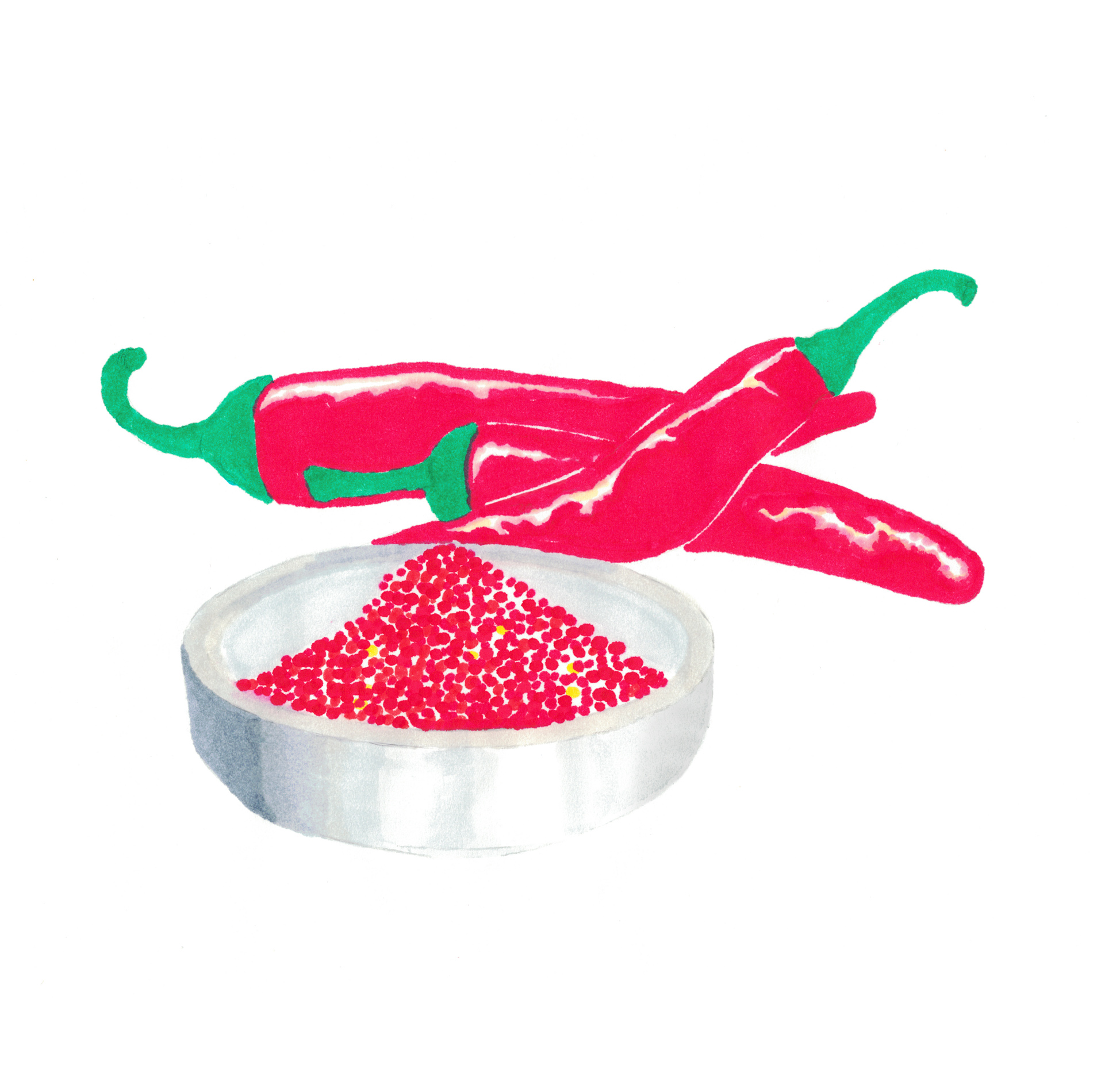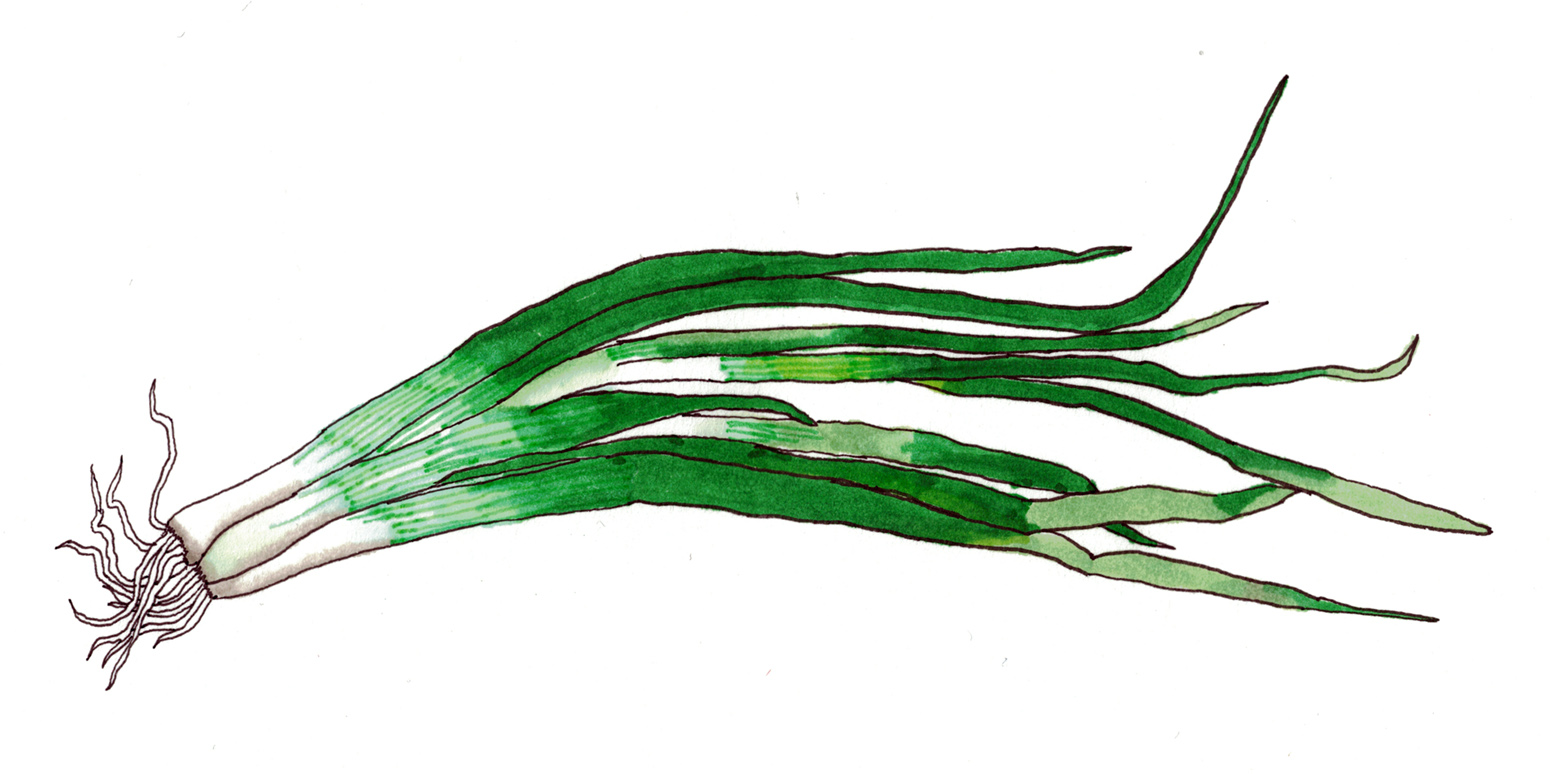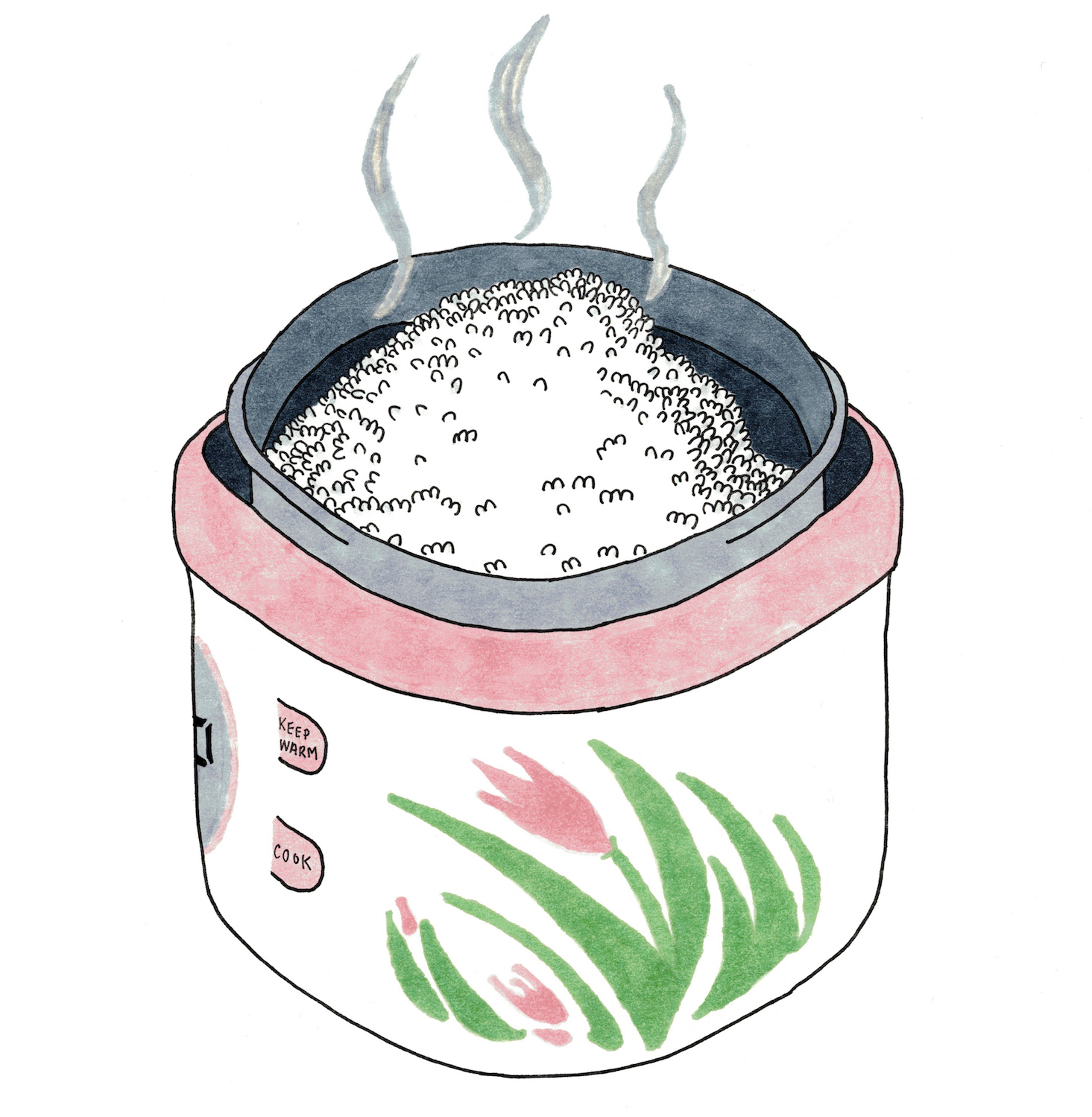Korean food is full of deep, complex flavors — but that doesn’t mean cooking it at home has to be complicated. Here are four important ingredients to get you started.
Korean food isn’t Korean food without kimchi. Sour, crunchy, salty, and tongue-tingling, kimchi is a finished side dish (banchan / 반찬) of fermented vegetables, but it’s also an important ingredient to have on hand for any number of easy Korean recipes like kimchi fried rice (kimchi bokkeumbap / 김치볶음밥), kimchi stew (kimchi jjigae / 김치찌개) and kimchi dumplings (mandu / 만두). With the growing popularity of Korean food and fermentation, it’s becoming more common to see good kimchi in grocery stores. It’s usually made with fish sauce or salted shrimp, but vegan versions are available.
This is the little pepper that puts the fire in Korean cuisine. Peppers are called gochu (고추) in Korean, and gochugaru (고추가루) is the ubiquitous hot red pepper powder that comes in coarse and fine grounds. You can mix it into sauces, fried rice, soups, and anything else your heart desires.
Scallions (pa / 파) are potent, pungent, and essential to Korean cooking. You’ll find them raw, cooked, and fermented, bringing spice and depth of flavor to Korean cuisine. A little milder than onions, scallions are especially good raw, and they’re often used as a garnish.
Rice
In Korea, the word for rice is synonymous with “food.” A steaming bowl of bap (밥) completes nearly every Korean meal. Koreans like to use a short-grained variety, steamed to soft, sticky perfection. In its uncooked form, rice is called ssal (쌀). By the way, did anyone else’s mom have this rice cooker?
Learn about more Korean ingredients at Oels Bae Seasoning. Follow Oels Bae Seasoning on Twitter, Instagram, and Facebook for more Korean food comix, writing, and home cooking.

















